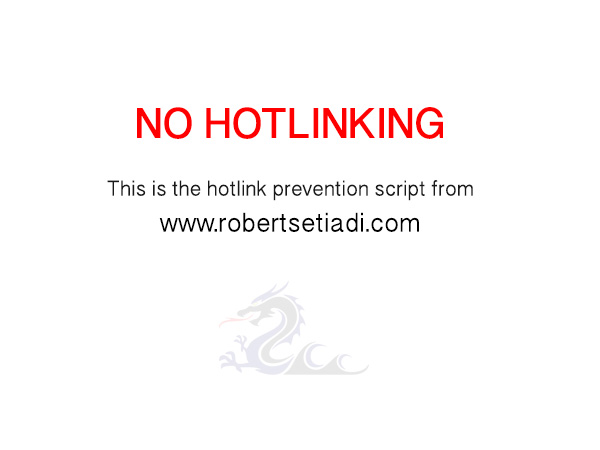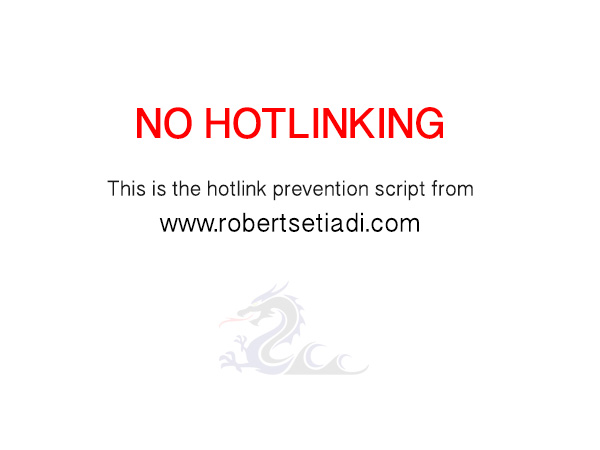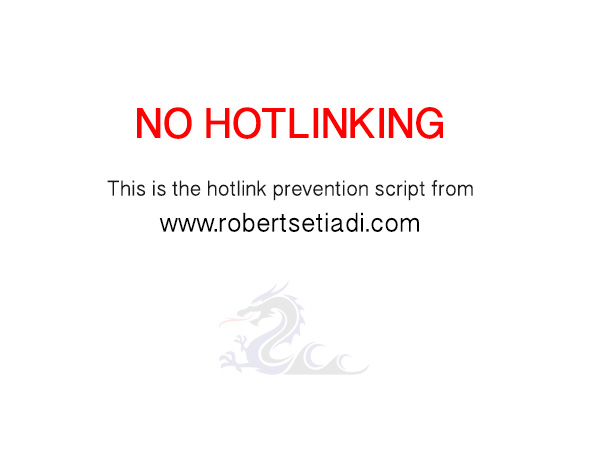 Until today, there is no easy method for us to change our Gmail ID. The only possible way is to create a new ID with a better name, then migrate everything we have to the new one. Now remember that our Google ID contains more than just email. It may also contain your calendar data, tasks, YouTube favorites, or even your Google Play purchases. This blog post will ONLY discuss about migrating email. If you use multiple Google services in your account, I seriously urge you to reconsider the plan to change account. If it’s really unavoidable, then study carefully to find the methods to migrate your data from each service to the new account. This guide provided steps of migrating various Google services (I haven’t tried them), use it at your own risk.
Until today, there is no easy method for us to change our Gmail ID. The only possible way is to create a new ID with a better name, then migrate everything we have to the new one. Now remember that our Google ID contains more than just email. It may also contain your calendar data, tasks, YouTube favorites, or even your Google Play purchases. This blog post will ONLY discuss about migrating email. If you use multiple Google services in your account, I seriously urge you to reconsider the plan to change account. If it’s really unavoidable, then study carefully to find the methods to migrate your data from each service to the new account. This guide provided steps of migrating various Google services (I haven’t tried them), use it at your own risk.
In my case, I do not have the issue of multiple Google services. Last week I decided to change the ID for my secondary Gmail account (I have 2 separate Gmail accounts for different purposes). I have all my calendars, Google Play purchases and other Google services in my primary account. This second account (which I need to change) only holds emails.
Why do we need to change our Gmail ID in the first place? Well, there are various possible reasons. When we first created our Gmail account few years ago, some “cool” names like “worlddominator8” or “princecharming2007” might sounded like a good idea for a Gmail ID. Those nice might not look so nice anymore once we need to use that email for work-related activities. Take a simple example, sending a resume to a potential employer, that “cool name” would have more negative effect rather than positive impression. Another possible reason, some people put their personal information such as birth date (the date, the month, or the year) in their ID. Having our personal information as part of our email address is just like freely revealing our private information to everyone, this might lead to some consequences in the future. There are other possible reasons for changing email address, of course, but these two reasons should give you some idea already.
Now, let’s start migrating our emails. First, create your new Gmail account with better name. This time, think about it carefully as email migration is a lengthy process and you wouldn’t want to do it again. Next, enable IMAP in both accounts (old and new). Go to Settings > Forwarding and Pop/IMAP then choose Enable IMAP.
Gmail doesn’t use folders to organize our emails. Instead, it uses labels. The main advantage of label system is an email can be assigned to multiple labels, while an email can only be “moved” into one folder. My emails have multiple labels assigned to each email, and I need to make sure the email migration process reflects this correctly. To make sure that our labels are being transferred to the new account, go to Settings > Labels. You will see a list of your labels. Pay attention to the right column saying “Show in IMAP“. Make sure all of them are checked.
There are different ways of doing this migration process. Based on my knowledge, there are at least three tools worth mentioning here: Gmail Backup, Mozilla Thunderbird and Gmvault.
 My first bet was using Gmail Backup. It’s a free tool for Windows. The last release was February 2009 and the project had been abandoned. So there will be no future releases of this useful tool. The latest version (0.107), however, works very well to migrate all my emails with their multiple labels, with a little problem (will be discussed later).
My first bet was using Gmail Backup. It’s a free tool for Windows. The last release was February 2009 and the project had been abandoned. So there will be no future releases of this useful tool. The latest version (0.107), however, works very well to migrate all my emails with their multiple labels, with a little problem (will be discussed later).
To use Gmail Backup, we need to download your entire emails into your local computer (the download process is called “backup” in the tool). This process takes a very long wait, depending on the number of emails inside your Gmail account and the total size of those emails. I have around 30,000 emails sized about 2.9 GB, and it took me more than 18 hours to finish the download. Even your Internet connection speed is super, don’t expect to get this process done quickly if you have a lot of emails, because the speed bottleneck happened in Google’s server, not in my Internet connection speed. Yes, Google seemed to limit the speed of IMAP transaction going through their servers, a fair action to avoid overloading their servers.
It is important to mention that I choose to rename all my labels BEFORE doing the backup process. By “renaming”, I mean removing all the spaces and symbols in the label names. I made all my label names only contain alphabetical letters. This is to prevent any unwanted result since the migration tool is not official from Google, so I thought special character might break the algorithm and produce unwanted results.
After all emails are downloaded, change the setting in Gmail Backup application and “restore” those emails into your new Gmail account. Again, this is a very lengthy process and I suggest you choose weekend time to do this (to minimize the number of new emails arriving during the process). The restore process have 2 steps, the first one is uploading all the emails into Gmail (took me 30 hours and 2 minutes) then followed by the second step: restoring labels (took me 3 hours 55 minutes). While Gmail Backup performed the first process (uploading emails), I can log in to my new account via browser and the new emails already uploaded is immediately visible there. It is strongly recommended not to change or delete those emails while the process is still running. The second process (label restore) was faster, but during the process, we can not see anything in our browser. It seemed like there was no labeling process at all. When the process finished, all labels will “magically” appear at the same time.
Now, the little problem I mentioned earlier. While this tool successfully migrated all my emails and all my custom labels, it does not migrate Gmail’s special labels: (chat, sent mail, important, starred). So, all my emails are there in the new account (I can see them from “All Mail” menu), my Sent Mail menu is empty, as if I never sent any email.
 I searched for another migration solution and decided to try Mozilla Thunderbird. It’s a free email client from Mozilla, available for Windows, Mac and Linux. It has the capability of handling Gmail accounts using IMAP, allowing us to copy the files between old and new accounts.
I searched for another migration solution and decided to try Mozilla Thunderbird. It’s a free email client from Mozilla, available for Windows, Mac and Linux. It has the capability of handling Gmail accounts using IMAP, allowing us to copy the files between old and new accounts.
Before doing migration using Thunderbird, enter your new account and create new labels there, with exactly the same name as your labels in old account. Most people with thousands of emails will have less-than-20 labels, so creating them one by one still make sense.
To use Mozilla Thunderbird, first enter the credentials of both Gmail accounts and have them treated as IMAP. Make sure all settings will allow ALL emails to be saved offline, and old emails will NOT be deleted by Thunderbird. Next, have them sync with Gmail first (might took many hours, as usual). Gmail labels will appear as folders in Thunderbird, and that’s ok. Even an email appear in two different folders (because it has two labels in Gmail), it will still be saved as ONE email in Gmail server. It’s smart enough to magically avoid multiple copies of the same email.
After Thunderbird has saved all our emails in local storage, the idea is to visit each “folder” in Thunderbird’s old account and select all the emails (using Ctrl-A) then right click, choose “Copy to”, then choose new account and the same folder in the new account. All the selected emails will be “copied” to the mirror folder in the new account. Again, don’t worry about having multiple copies, Gmail is smart enough to handle them.
Since my case was special, I already have all my emails in new account after using Gmail Backup tool. All I need is to migrate some special labels: chats, important, sent mail, starred. And so I only need to add both accounts in my Thunderbird, then go to Tools > Account Settings > Synchronization & Storage > Message Synchronizing > Advanced. The second column of the Advanced dialog tells Thunderbird whether a particular “folder/label” needs to be downloaded offline or not. I unchecked “All Mail” and my custom labels from both account, leaving only Inbox, Drafts, Chats, Sent Mail, Important and Starred checked. This saved my time greatly because my Thunderbird did not need to re-download my entire Email account once again. Instead, it will only need to re-download mails in the special folders still checked in the Advanced dialog. Yes, they’re still about 8,000 emails, but still a lot better than downloading an entire 30,000 emails again.
After Thunderbird finished downloading my emails (took me about 2 hours), all I needed to do is entering those special Gmail folders in Thunderbird (in old account), select all mails, right click, choose copy, then select the same folder from new account. Took me less than an hour and everything’s done. I now have all my emails migrated correctly.
Some discussions I read from Internet talked about migrating chat history. I didn’t have problem migrating my chat history using Thunderbird. As long as “Chats” label is checked “Show in IMAP” in Gmail setting, it will be treated just like any other folder in Thunderbird.
Since I already got my emails migrated, I didn’t have the chance to test the third tool: Gmvault. It’s a tool available for Windows and Mac (not sure about Linux). But this tool use command line syntax instead of GUI.
Last little task is migrating our Contacts from old account to the new one. Login to your Gmail via browser (old account). Enter the Contacts screen by choosing the combo-box on top-left. Press More > Export > All Contacts > Google CSV format. Then login to your new account, enter the Contacts screen and choose More > Import then choose your CSV file previously saved from the old account. A lot simpler than migrating emails.
If people are still contacting you via old account, you might want to set up an auto forward. From your old account in browser, choose Settings > Forwarding and POP/IMAP > Add a forwarding address and follow the instruction to add your new email address there. All emails arrived in your old account will be automatically forwarded into your new account.
An important tip I’d like to share you: if you do think you have a Gmail ID that needs to be “changed”, don’t wait too long. The longer you postpone the migration, the more emails you need to “backup and restore”. Naturally it will result in longer processing time. In doing the migration, make sure you have a stable Internet connection and a computer that won’t turn into standby mode when left for long hours (remember that it took me 30 hours to upload my emails to my new account).
Finally, this guide is provided as a helpful hint in doing Gmail migration. I do NOT guarantee any of the tool and/or process here. You may follow the instructions here at your own risk, including (but not limited to) loss of emails or any other damage.

I’m surprised you haven’t added G-transfer.com to your list, it does everything and took me only a minute to do. It copies All Gmail, attachments, labels/folders/tags and even gives you an option to copy Drive, contacts, etc.
This is a post from 2013. Google Takeout was available in 2014 and as far as I know G-transfer started in 2015.
Thank you for taking the time to post this! I first tried the standard way of getting email from Gmail Account #1 to Gmail Account #2 — simply having #2 get the emails from #3 via syncing through Gmail settings (grabbing mail via IMAP, I believe). But as you said, it didn’t pull the labels. And in my case, it pulled emails that I swear I had deleted!
My second method was using Gmail Backup. It missed a few emails in my inbox, but that’s not a big deal; however, it missed MY ENTIRE SENT FOLDER – and I need those emails as reference!
So, I am now running Thunderbird and it is about 50% finished with getting emails from #1. Then I’ll sync with #2 and hopefully the transfer will be complete and error-free. :) In theory, especially since you said yourself it worked, it should work… fingers are crossed!
Very informative!